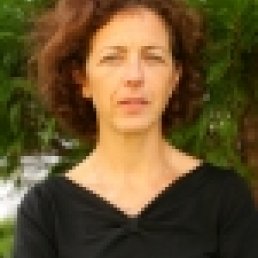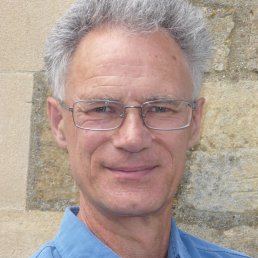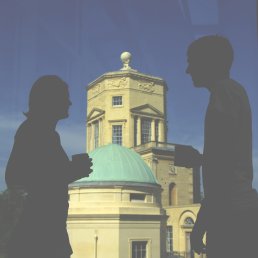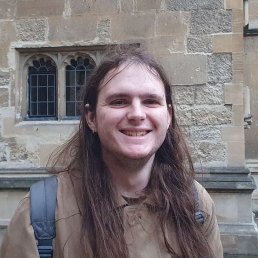*/ /*-->*/ A {\em monoid} is a semigroup with identity. A {\em finitary property for monoids} is a property guaranteed to be satisfied by any finite monoid. A good example is the maximal condition on the lattice of right ideals: if a monoid satisfies this condition we say it is {\em weakly right noetherian}. A monoid $S$ may be represented via mappings of sets or, equivalently and more concretely, by {\em (right) $S$-acts}. Here an $S$-act is a set $A$ together with a map $A\times S\rightarrow A$ where $(a,s)\mapsto as$, such that
for all $a\in A$ and $s,t\in S$ we have $a1=a$ and $(as)t=a(st)$. I will be speaking about finitary properties for monoids arising from model theoretic considerations for $S$-acts.
Let $S$ be a monoid and let $L_S$ be the first-order language of $S$-acts, so that $L_S$ has no constant or relational symbols (other than $=$) and a unary function symbol $\rho_s$ for each $s\in S$. Clearly $\Sigma_S$ axiomatises the class of $S$-acts, where
\[\Sigma_S=\big\{ (\forall x)(x\rho_s \rho_t=x\rho_{st}):s,t\in S\big\}\cup\{ (\forall x)(x\rho_1=x)
\}.\]
Model theory tells us that $\Sigma_S$
has a model companion $\Sigma_S^*$ precisely when the class
${\mathcal E}$ of existentially closed $S$-acts is axiomatisable and
in this case, $\Sigma_S^*$ axiomatises ${\mathcal E}$. An old result of Wheeler tells us that $\Sigma_S^*$ exists if and only if for every finitely generated right congruence $\mu$ on $S$, every finitely generated $S$-subact of $S/\mu$ is finitely presented, that is, $S$ is {\em right coherent}. Interest in right coherency also arises from other considerations such as {\em purity} for $S$-acts.
Until recently, little was known about right coherent monoids and, in particular, whether free monoids are (right) coherent.
I will present some work of Gould, Hartmann and Ru\v{s}kuc in this direction: specifically we answer positively the question for free monoids.
Where $\Sigma_S^*$ exists, it is known to be
stable, and is superstable if and only if $S$ is weakly right noetherian.
By using an algebraic description of types over $\Sigma_S^*$ developed in the 1980s by Fountain and Gould,
we can show that $\Sigma_S^*$ is totally
transcendental if and only if $S$ is weakly right noetherian and $S$ is {\em ranked}. The latter condition says that every right congruence possesses a finite Cantor-Bendixon rank with respect to the {\em finite type topology}.
Our results show that there is a totally transcendental theory of $S$-acts for which Morley rank of types does not coincide with $U$-rank, contrasting with the corresponding situation for modules over a ring.







